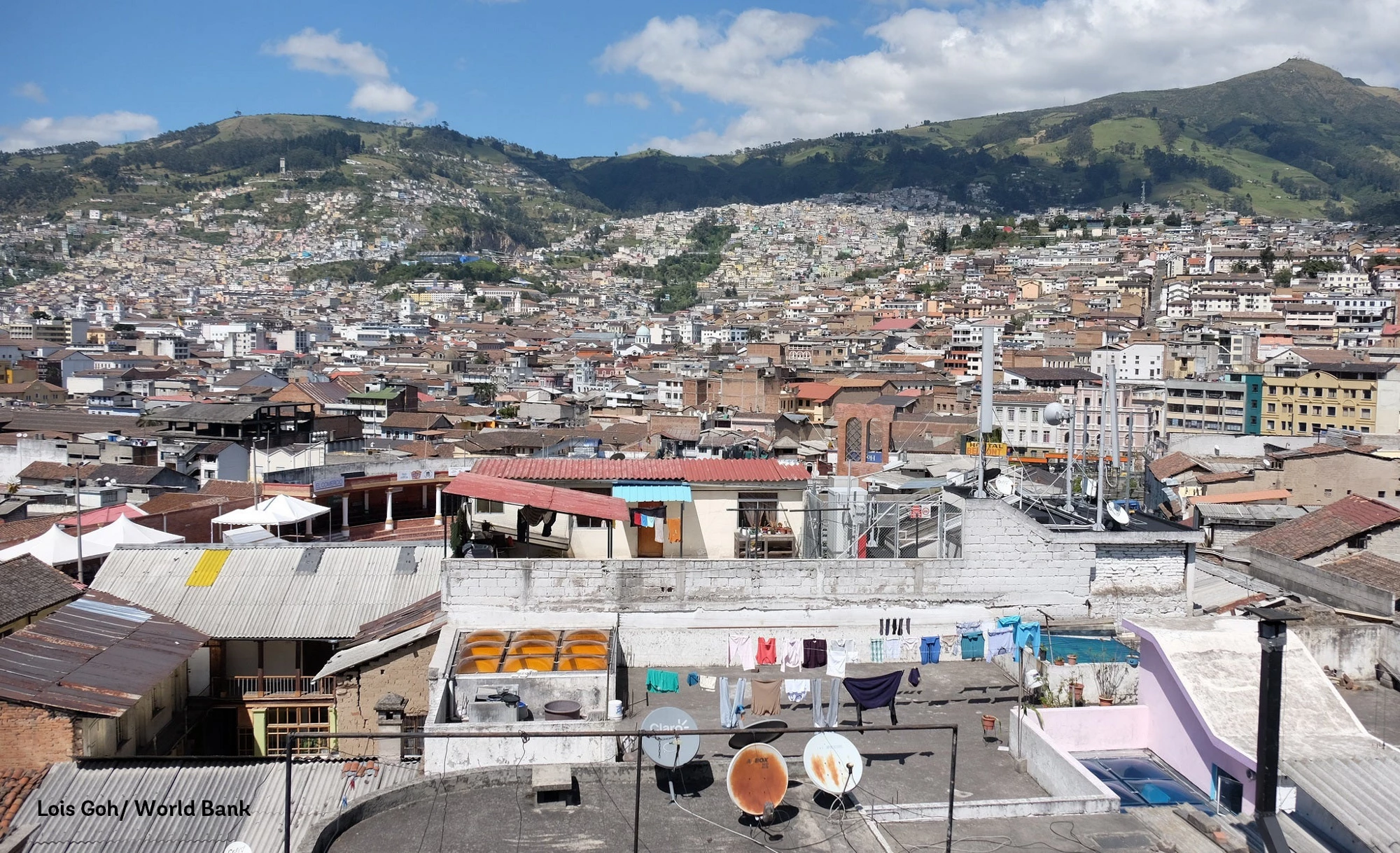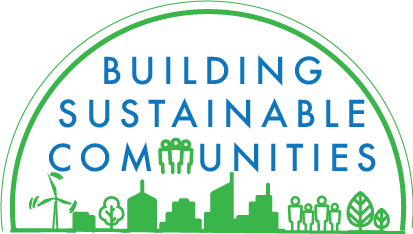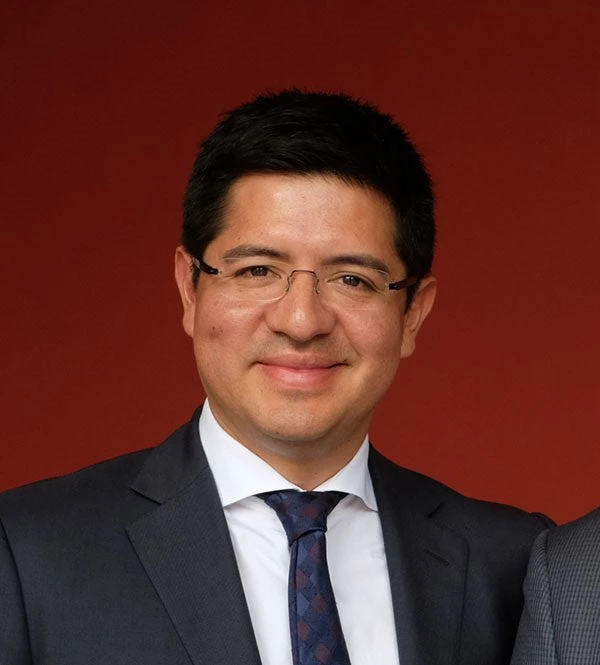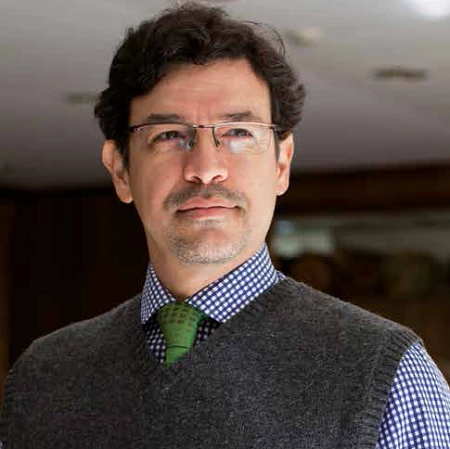Also available in: Español | 中文

Modernity’s most common story spanning national, cultural and religious borders is about people moving from rural areas to the cities. By 2030, 80% of the world’s population will be living in urban areas, following the dream of better jobs, education, and health care.
Too often, however, that dream risks remaining an urban daydream, due to natural disasters such as hurricanes, earthquakes, and floods, as well as climate change. Those of us working to help these families find a better future must focus more on ways to support efforts to protect their lives – and their livelihoods.
In the 40 years since the launch of Habitat I, governments and municipalities throughout emerging and developing countries have been proving that their cities can be not only inclusive and secure, but also resilient and sustainable. However, unless they increase their speed and scale, they are unlikely to achieve the goals of the “New Urban Agenda” and its Regional Plans, launched at Habitat III in 2016.
From our perspective helping governments in Latin America and the Caribbean, and ahead of the World Urban Forum taking place in Kuala Lumpur, Malaysia in February, let us share three key ingredients necessary to achieve that goal:
1. Multiple sources of financing
It is common to hear that capital is abundant. The fact is that the price tag for meeting the next decade’s infrastructure challenges is fearsome – larger than the assets of all multilateral development organizations, the 10 largest pension funds, the 10 largest commercial insurance companies, and the 10 largest sovereign wealth funds, combined.
The solution is to pool funds from multiple sources – public and multilateral as well as the private sector, including households and their remittances – while also taking advantage of financial instruments, such as guarantees, to make investments in the New Urban Agenda profitable for private investors. The World Bank Group and the Global Facility for Disaster Reduction and Recovery (GFDRR) has recently launched the City Resilience Program (CRP) to connect city governments with private capital and institutional investors. UN-Habitat is working with Mercociudades to develop an Ecosystem of Regional Funds in Latin America.
[Read: Let’s make a deal for resilient cities]
2. Operational definitions to communicate better with investors
If you ever asked yourself why it seems easier to win a multibillion-dollar investment in a city’s subway system than to get one hundred million for building the cadaster that could help the subway investment pay for itself through higher property tax revenues or other land value capture instruments, the answer is: straight talk.
We are not talking about snappy slogans or expensive communications campaigns. The goal is to explain critical urban investments so clearly that potential investors do not even need to visit the city where their capital will be deployed. But we are now operating without operational definitions of the problems we intend to solve and our solutions.
We all know there is a global “housing gap.” Yet we don’t know what exactly constitutes that deficit. And what exactly is “decent housing” – total square feet, number of room, access to waste management services? And how much should it cost, region by region?
In Latin America, the lack of clear definitions leaves us with new housing subsidy programs ranging from US$ 3,500 a unit in Mexico to US$ 7,000 in Brazil to more than US$ 10,000 in Argentina and upwards of US$ 26,000 in Chile. Projects for upgrading slums invest on average US$1,000 per family in Bolivia, US$9,000 in Colombia and US$13,000 in Argentina. Such cost differentials are an obstacle to engaging foreign aid offices and investors to fund.
[Download infographic: Resilient Housing for Resilient Cities]
3. Institutions that embrace complexity and integrality but also incrementalism
There are no simple, cookie-cutter solutions for creating sustainable, safe, inclusive, and resilient cities, where the infrastructure – and budgets – involve so many sectors, actors and disciplines.
Vision is key to transformation. For example, in Latin America, ministers are starting to choose Urban Integrated Operations that build neighborhoods and transform cities over the kind of massive construction of new housing units far away from job and social centers that end up being abandoned, as the experience of Mexico has shown.
[Read: Three misconceptions in the way of better housing policies]
Above all, effective leadership is essential. There is no doubt that mayors of budget-strapped cities can improve their chances of success by coordinating with other levels of government, public entities, international agencies, private investors and financiers. But creating sustainable, safe, inclusive and resilient cities is also something of an art.
At a recent urban forum in Mendoza, Argentina, former UN-Habitat Executive Director Joan Clos warned that “zebras are horses designed by committee.” Proven leaders can make sure that everyone at the table moves toward the goal of producing the best horse possible, within the parameters of a city’s infrastructure needs and budget.
Related:
- Blog post: Making homes safer to build resilient cities
- Blog post: To build resilient cities, we must treat substandard housing as a life-or-death emergency
- Learn more about our work on building sustainable communities
- Subscribe to our Sustainable Communities newsletter and Flipboard magazine
- Follow @WBG_Cities on Twitter




Join the Conversation